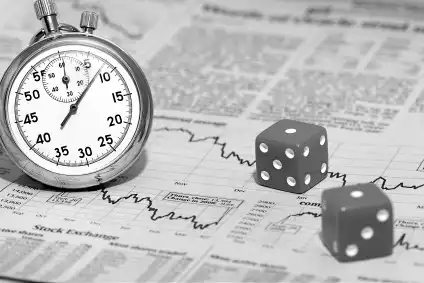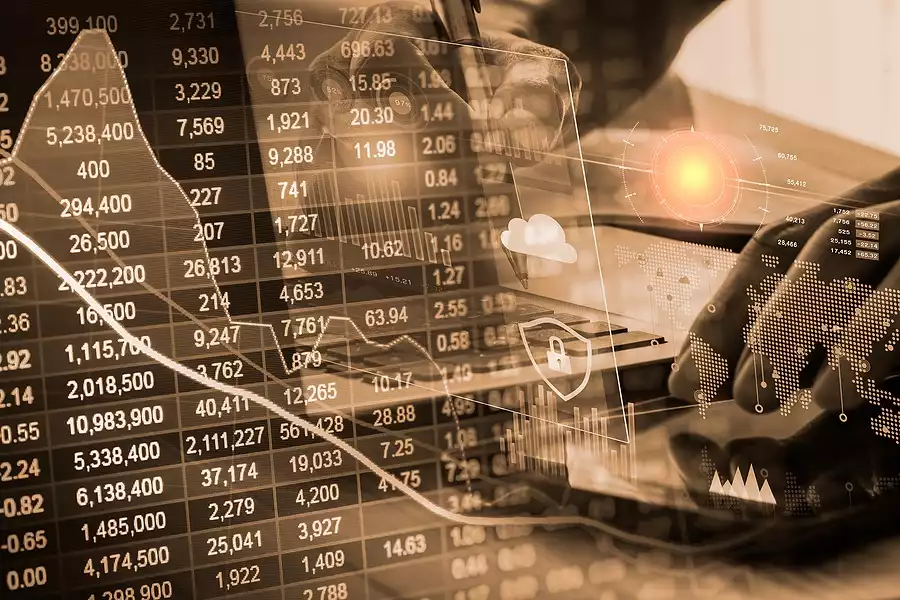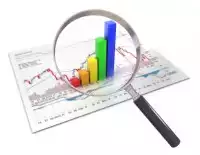 Takeaways
Takeaways
How does quant trading work?
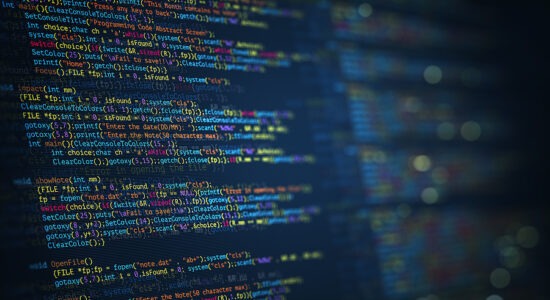
Quant trading is a form of rules-based investing. You awaiting certain actions to take place and will write a program with certain rules. These rules will look to exploit the actions that are taking place. Examples of rules can be:
- Target shares in a particular sector (technology?)
- Trade the share if it moves +/- 1%
- Sell if profitable (profit can be as low as 0.1% per trade)
- Jump onto a trade if there is stronger volume versus normal
Quant trading depends on other's trades to be successful as a strategy. The volume that human traders and investors (once who are taking a direction on where the stock market is going) creates opportunities for their computer programs to take advantage of.
An example would be a portfolio manager selling a large amount of shares. The computer program will pick up that this order is 'in the works' and seek to short the shares before the large sell order hits the market. This will take place in milliseconds. When the large order hits the market, the shares will drop (as is the case with large sell orders) and the quant program will sell the shares at a profit.
Without human traders creating volume, there would be not opportunities for quant traders to take advantage of.
How has quant trading evolved?
trading started with traders standing a few feet from each other shouting trades at each. A strong voice and presence were the most important attributes. Over time trading moved to electronic screens and an ability to interpret financial data which made up the price of a security became more important.
The archetypal trader went from the rugger-type to the PHD is astro-physics type. Now it has gone one step further where technology is playing its part. How close you are to the trade execution venue will often influence how successful you are.
As a result quant traders will not only seek to place their computers in the next door buildings but to ensure the cables which 'tap into' the market are as short as possible. This may mean digging your own trench to place your own fibre optic cable in it!
The risk with Quant trading
There are many risks with Quant trading. When it goes wrong, it can go very wrong! One quant trading firm lost nearly $440 in one 45mins period as a result of the quant program going wrong. The risks are therefore different from convention investing where you trying to predict the direction of markets.
Although a typo in the computer program can be as costly as a fat finger trade, the speed at which computers work mean any error is compounded. Interestingly, novice retail traders are causing quant funds all sorts of headaches.
One way of understanding the risk you about to take (but not necessarily reduce it), is through backtesting. This involves testing the computer software you have written against historical data. This will tell you how it will perform in live markets but may also highlight some glaring problems you may need to address.
The typical profile of a quant trader
As this form of trading requires a using software to program a trading strategy, you will need to have an excellent knowledge of computers. This means understanding the various different coding languages. (You will need to be able to write in these coding languages too).
A mathematics or scientific background will also be required due to the amount of data you will need to work with. Data manipulation is a key part of quant trading. You will nee to go over historical data to work out a risk mitigation strategy and do scenario testing. This is to ensure you do not blow yourself up as the above trader did.
How you can get involved with quant trading
The root to all forms of trading today is through a clear path of knowledge acquisition. This often means starting a university by studying something related to a scientific or computer based subject. Knowledge of some of the oft-used codes such as R, Python or MatLab is indispensable.
Once you enter the professional real you will be required to assimilate large amounts of data and be able to process this data quick time. As you increase your knowledge of 'situations' you will become trusted within your firm to take on an actual quant decision-making role.
Conclusion

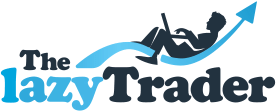
 Takeaways
Takeaways


